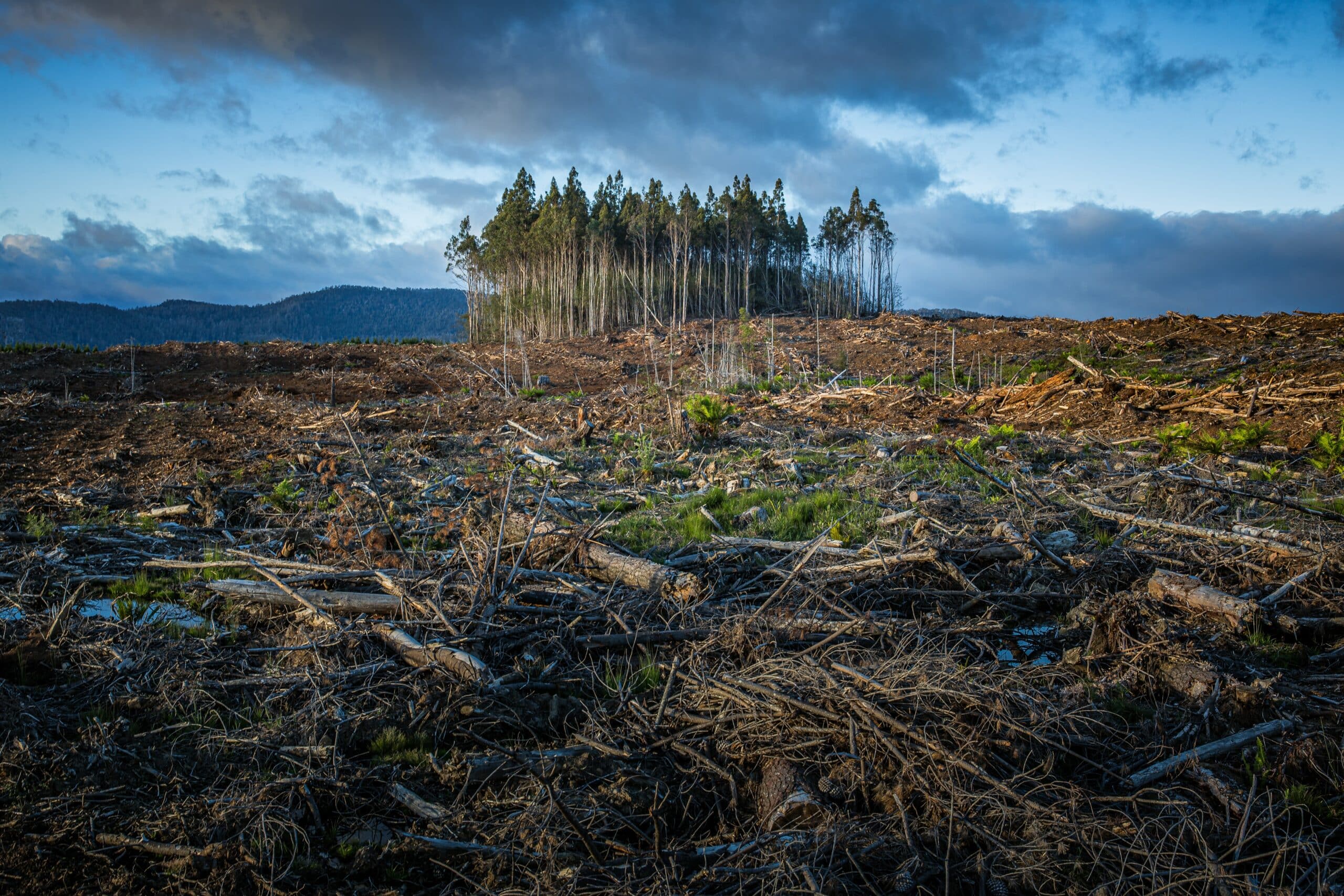The United Nations Climate Change Conference COP27 is ending these days in Egypt, and we’ve compiled essential information about how countries are responding to climate change.
Decarbonization, finance, research, youth and future generations, adaptation and agriculture, gender, water, biodiversity, and solutions have been the focus of each day of COP27. The decarbonization day, which is also a key day for global road freight, included detailed dives into difficult-to-abate sectors such as steel, cement, and fertilisers, as well as a debate on the global methane promise signed by 122 nations last year at COP26.
COP26 left us last year with many unanswered questions and concerns: Will future COPs see national leaders agree on precise and attainable goals? Do any developed countries intend to assist vulnerable countries and their people?
Let’s dive in the four key outcomes of COP27:
Climate adaptation according to its purpose
“Adaptation can range from creating flood defences, establishing early warning systems for cyclones, and converting to drought-resistant crops, to rethinking communication networks, company operations, and government policies.”
UNFCC
Only 38 countries had filed their National Adaption Plans as of September 2022. COP27 provides the incentive for other nations to finalize and implement their NAPs as soon as possible.
This year the COP27 President Sameh Shoukry invited governmental and non-State actors to engage in raising resilience for four billion people living in the most climate vulnerable communities by 2030.
“It has been dubbed the first comprehensive global adaptation-focused plan bringing together all parts of the society.”
Simon Stiell, UN climate chief
Ending deforestation
 Satellite data showed 3.75 million hectares of tree cover, or 10 football pitches a minute, disappeared across primary tropical forests in 2021, with initial reports matching that pace.
Satellite data showed 3.75 million hectares of tree cover, or 10 football pitches a minute, disappeared across primary tropical forests in 2021, with initial reports matching that pace.
This year there is a huge commitment from Brazil, Indonesia, and the Democratic Republic of Congo to reduce deforestation. This is a major shift especially for Brazil, whose government has destroyed a record 9,500 square kilometers of the Amazon just this year.
Decrease CO2 emissions from fossil fuels
Fossil fuel emissions are the main contributor to global warming. According to the study, CO2 emissions from fossil fuel consumption, notably oil, gas and coal, will exceed their record levels in 2022, after the Covid-19 air gap. Global fossil CO2 emissions are expected to increase by 1% from 2021 to a total of 36.6 billion tonnes of CO2, slightly above pre-Covid-19 levels in 2019. Emissions from coal are expected to increase by about 1%, but could lead to a new global peak.
“Fossil fuels are a dead end’, says top UN climate adviser on ‘Decarbonization Day’ at COP27 and encourages a massive master plan: The launch a package of 25 new collaborative actions to be delivered by COP28 to speed up the decarbonisation under five key breakthroughs of power, road transport, steel, hydrogen and agriculture.
There a new approaches to elimating our CO2 print. While there are lots of offsetting options, a new trend takes over: With so-called “Insetting” companies are able to evolve sustainability with their entire value chain and gain active possibilities to real intrinsic chance in their internal but also external structures.
Loss and damage funding
 “Loss and damage” are the negative consequences of climate change that cannot be averted through mitigation or adaptation. Developing countries, which contribute the least to climate change, are demanding financial assistance from wealthy countries, whose current and historical activities have significantly contributed to the climate issue.
“Loss and damage” are the negative consequences of climate change that cannot be averted through mitigation or adaptation. Developing countries, which contribute the least to climate change, are demanding financial assistance from wealthy countries, whose current and historical activities have significantly contributed to the climate issue.
Despite opposition from developed countries, COP26 saw some breakthroughs on loss and damage, including the establishment of the three-year ‘Glasgow Dialogue’ on the issue, and symbolic pledges of £2 million and €1 million from Scotland and Wallonia – a region of Belgium – to address loss and damage, breaking a rich-country taboo on the issue.
Denmark has since committed 100 million DKK ($13 million) in loss and damage financing. The provisional agenda for COP27 has finally included loss and damage. Developing countries will be hoping for the topic to be formally adopted as part of the COP27 agenda, as well as for the conference to make concrete decisions on funding arrangements.









